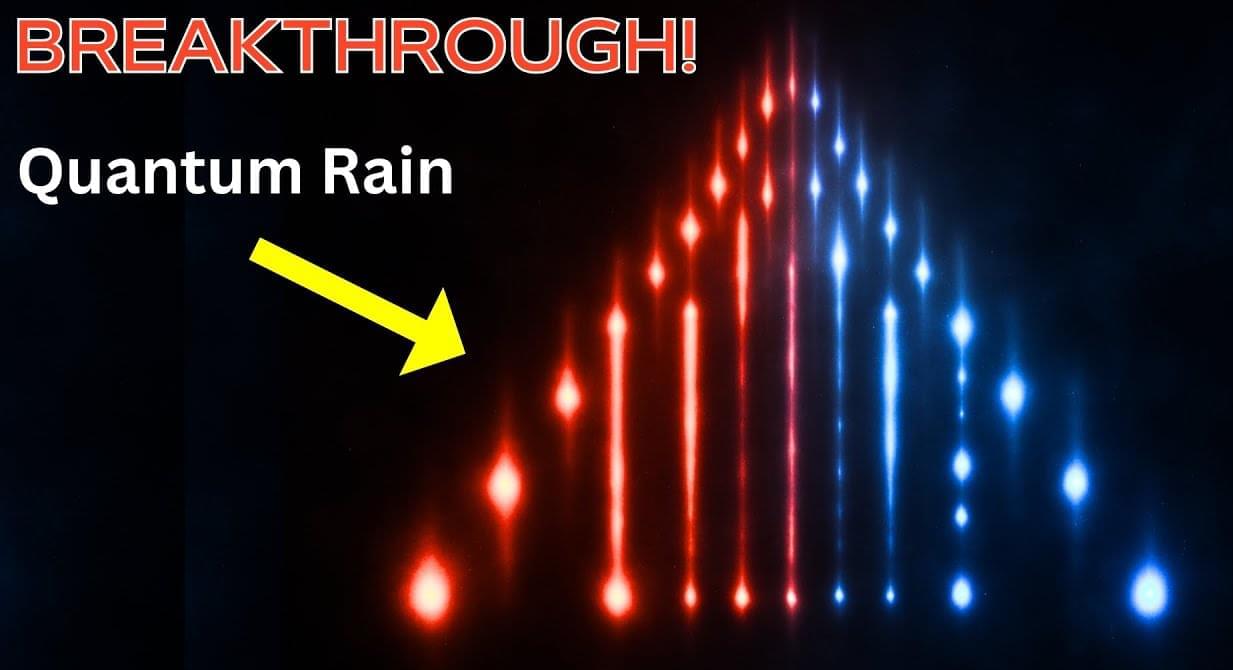In the previous excerpt from my conversation with Stephen Wolfram, I asked him how I can remain a single, coherent, persistent consciousness in a branching universe.
In this excerpt, we went deeper into this question. As a conscious observer, I have a single thread of experience. So if the universe branches into many timelines, why don’t I branch into many versions of me?
Stephen’s answer touched on many profound aspects of the Wolfram model.
He started with the failure of the Many Worlds interpretation of quantum mechanics to consider the possibility that different branches of history can merge, in other words, come back together again. This failure is rooted in assumption that the universe is continuous; as soon as we start thinking of the universe as discrete, such merging seems not only possible, but inevitable.
He went on to consider the concept of causal invariance, the idea that it doesn’t matter which of countless similar paths you take through the multiway graph, you end up in the same place. In the Ruliad, he said, causal invariance is inevitable.
Then we got to the core of the concept of the observer. According to Stephen Wolfram, an observer equivalences many different states and experiences the aggregate of these states.









